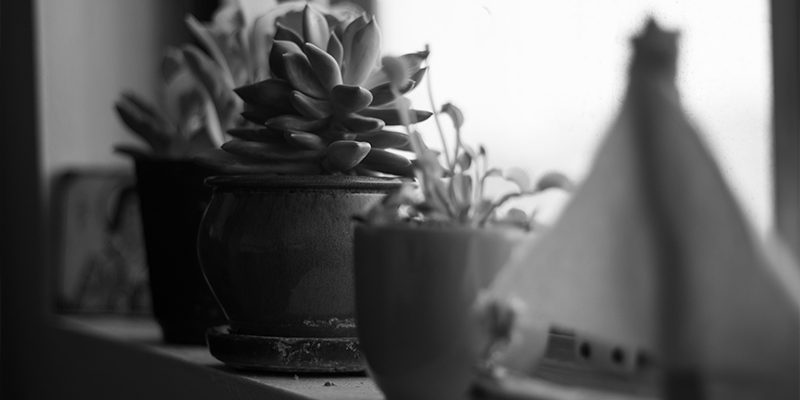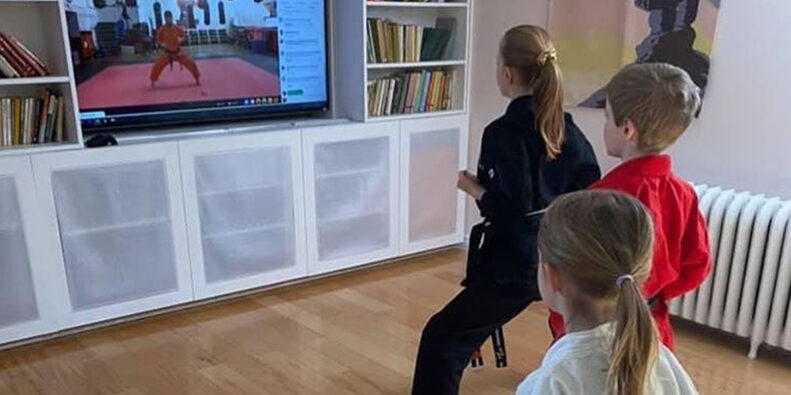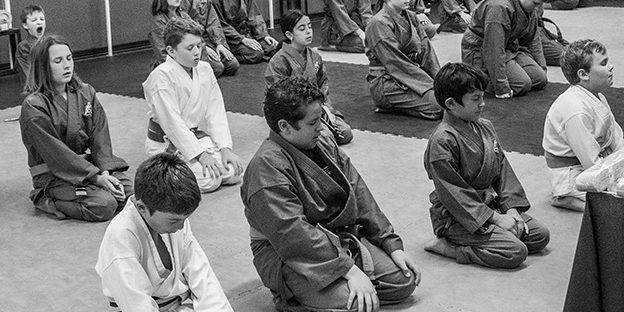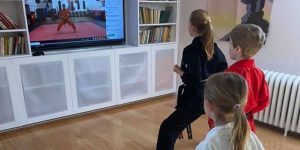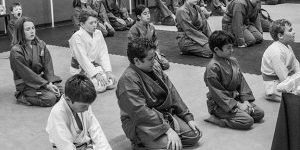Change Your Life 1% at a Time – Successful Habits that Last
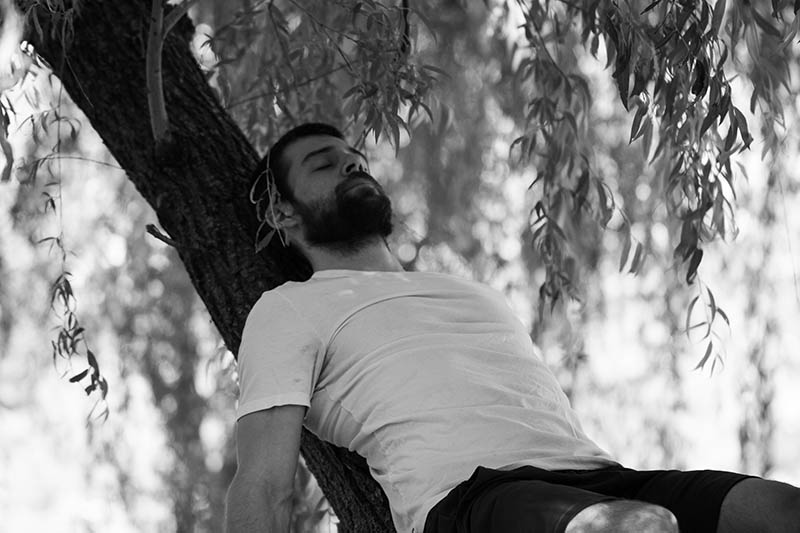
Set goals, create routines, make better choices, form habits of success, blah blah blah… the self help and self development industry is filled with so much advice on how to change your life. Where do you even start?
We can tell ourselves we’re going to do, become or achieve so many things this month/year. I can’t count the number of times I’ve said “this will be my month/year” followed by “everything will change, everything will be better”. We can tell ourselves a lot of things. The reality is that in a year, 5 years or 10 years a lot of us may be doing the exact same thing.
What’s the definition of insanity again? Doing the same thing over and over and expecting different results? You mean like living the same day with the same habits and routines and expecting or hoping our lives will change dramatically?
The question of seeing real results and real improvement in my life has been driving me mad. How do we actually change our life? How do we actually reach our goals? I guess an even better question is, how do we act in our day to day life in a way that produces the lasting changes that we want?
This led me to the book Atomic Habits by James Clear. He proposes some key “science-based” principles for changing your life just 1% at a time. This 1% a day thing feels much more manageable than telling myself I have to change my entire life by tomorrow. Three of the major points he shares are to set systems instead of goals, focus on identity based habits rather than outcome based habits and to create feedback loops that will promote and encourage the behaviour you want to become a habit.
1. Set systems not goals
According to Mr. Clear, “goals are about the results you want to achieve. Systems are about the processes that lead to those results.” (Atomic Habits) When we sit down for a goal or future planning session many life coaches and self development “influencers” on instagram will encourage us to make a list of our goals. We then proceed to make a list of things we want in our life, or places we want to be and we stop there. What’s the point in knowing where we want to be if we don’t know how to get there? “It is your commitment to the process that will determine your progress” (James Clear, Atomic Habits). This is often stressed to the students on their way to black belt here at the dojo, including myself. We are constantly reminded that the end goal (black belt) is not the end or the goal. Simply getting a black belt won’t help you be a leader, it won’t teach you discipline and perseverance. It’s the system, or the process, we take to get there that is the real achievement. So, when it comes to changing your life and your habits, start by identifying the smaller behaviours and daily activities and commitments that will get you 1% closer to who you want to be.
2. Identity-based habits over outcome-based habits
The last line “who you want to be” is a very important one when it comes to forming and maintaining habits that will improve our lives and our selves. James states “behind every system of actions are a system of beliefs… [and] behaviour that is incongruent with [our beliefs and] our selves will not last” (Atomic Habits). Most of us start with an outcome and choose a process that will get us there without considering if it aligns with our beliefs and when we realize, consciously or not, that the behaviour doesn’t align we fail. That failure leads us to falsely believe we can’t change or that there is something wrong with us. It’s much easier to work the other way. Identify who we want to be based on our beliefs then identify the process or habits that will get us to the outcome we desire. However, it doesn’t stop there. Our beliefs and identity are constantly changing as we develop and improve. This means that we have to be open to re-evaluating and changing your process too. Our goals or desired outcomes don’t have to change but your systems, your process and your habits do. “Becoming the best version of yourself requires you to continuously edit your beliefs, and to upgrade and expand your identity”.
If we develop our habits based on the idea that we simply want to have a black belt, the process of getting there, that takes years of hard work and discipline, may not be strong enough to solidify the habit of getting in our gi and going to class multiple times a week. However, if we develop our habits based on the idea that we are strong, disciplined and set an example for others like a black belt should, the habit of getting up, putting our gi on and going to class is much more likely to become automatic.
4. Create a feedback loop that will promote and encourage the behaviour you wish to become a habit (cue —> craving —> response —> reward)
There’s a simple “feedback loop behind all human behaviour: try, fail, learn, try differently”, these feedback loops lead us to our habits. It leads to our automatic behaviour that is programmed in our brains to happen unconsciously because it knows it leads to a reward. This leaves our brain free to focus on the “more important” problems that need solving in our day to day. This can work for or against us. Creating the good and the bad habits.
Our feedback loops starts with a cue, “every craving is linked to a desire to change your internal state” and it’s the “thoughts, feelings and emotions of the observer that transform a cue into a craving.” The response occurs depending on the resistance and motivation between you and a behaviour. If you’re not willing to spend the physical or mental effort, the response won’t won’t occur, the behaviour won’t become a habit. The reward teaches us which actions are useful and which are not, thus forming habits. The reward also results in a positive internal change; contentment due to better physique, improved relationships, money, power, etc. In order to form a habit, all 4 stages are necessary – a cue, craving, response and reward.
Takeaways?
1. The most manageable way to frame self improvement is to aim for improving just 1% every day. It has to add up to 100% eventually, right?
2. We do this by identifying who and what we want to be.
3. Then we decide what sort of daily behaviours align with this identity and consequently the outcomes we desire.
4. Then we one by one create cues that lead to cravings (problem) due to responses that lead to rewards (solution). We repeat this process until it becomes so automatic we don’t even have to think about it anymore.
One step at a time and one micro habit at a time, it is possible to create lasting change in your life. We see it here at the dojo every single day. A student who starts practice a kata at home and starts to excel at their katas in the dojo, receiving positive feedback from the instructors creates a lasting home practice that leads to faster development and improvement. One of our tournament team fighters starts working on their flexibility or strength training and notices a significant improvement in their techniques at tournaments and more fights won, will most likely not stop their strength or flexibility training. One of our karate adults decides they want to embody a martial arts way of life and notices a significant improvement in their mental, physical and spiritual health has most definitely created a life long process of attending class and living with a martial arts philosophy. Small changes in your daily routines and habits, can and will lead to big changes over time.

